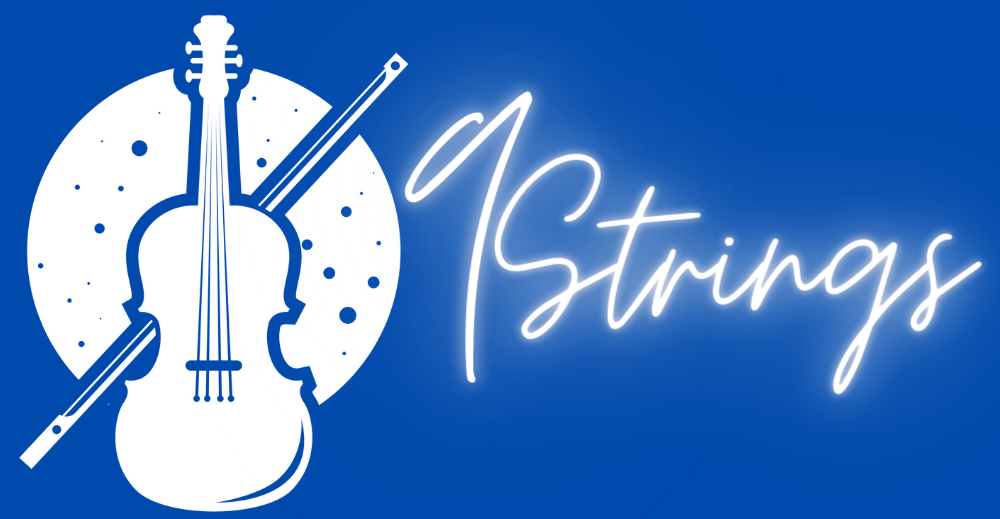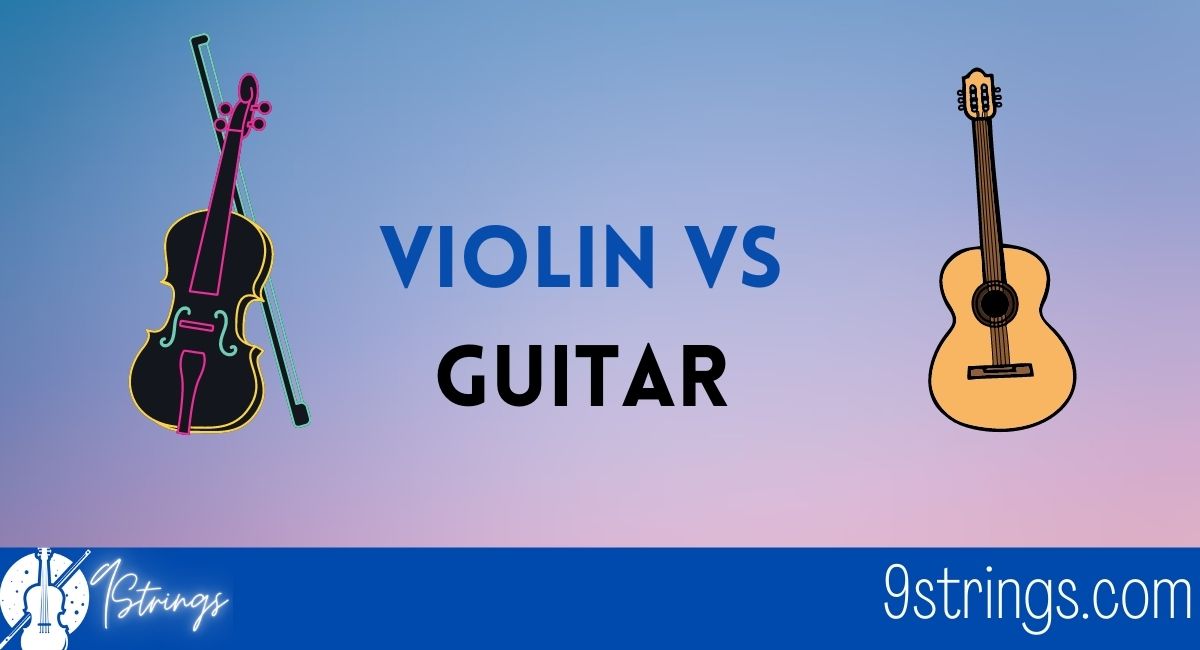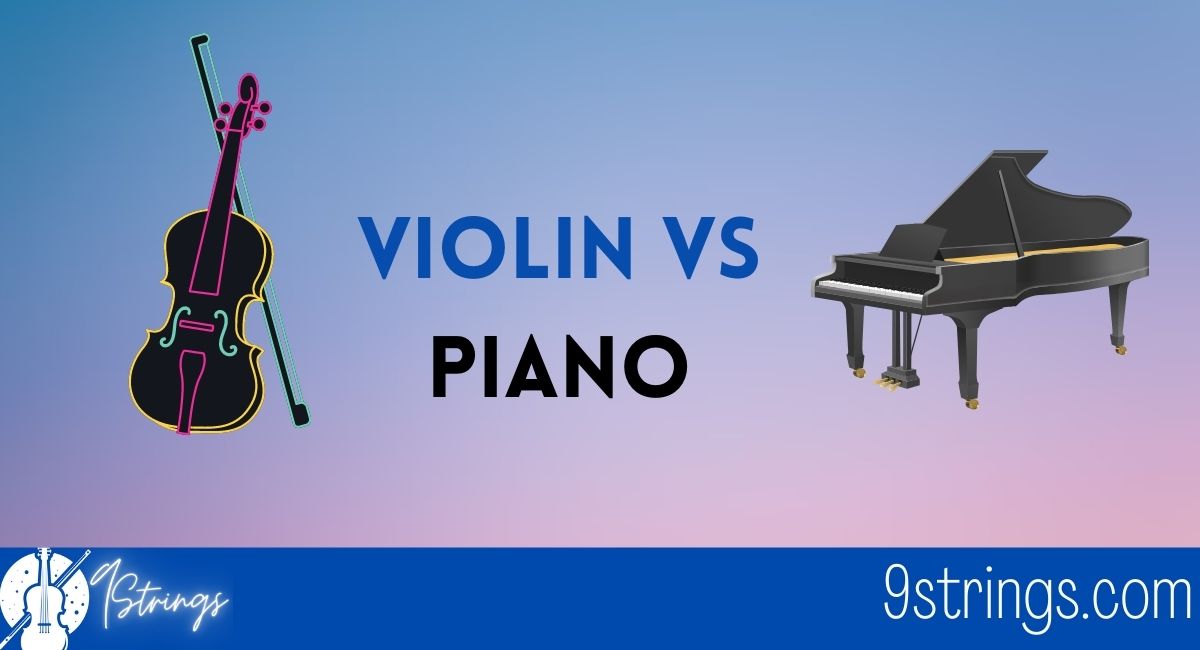In the stringed instrument family, a violin is another dominant family out of all stringed instruments itself and is said to be the best among all the stringed instruments. Violin alone gave birth to a whole other genre in the music world based on the instrument ‘Violin’ only which is classified into four types of instruments: The viola, the violin, the cello, and the double bass. The uniquely powerful and inspirational deep, mellow sound of a violin made its impact to be regarded as the best including the listeners.
But the father or the ancestor or the predecessor to be mentioned when speaking of violin, it’s mentioned as the ‘Fiddle’. The origination of violin began through the help of the classical music art played orienting the folk music surrounding the stringed instrument Arabian ‘Rabab’ and the ‘Rebec’ in the middle ages through the term classical music was not termed then, until the play of fiddle which was the evolved form of rabab and the rebec. The strongest stringed family instrument the ‘Violin’ as we mention it emerged from that stringed instrument ‘Fiddle’.
So if anyone asks what is the difference or dissimilarities between a fiddle and a violin. The simple answer to that question is; Both of them are of the same lineage and there is very little difference between them except for the sound and music and some physique setup of the body.
What is a Fiddle?
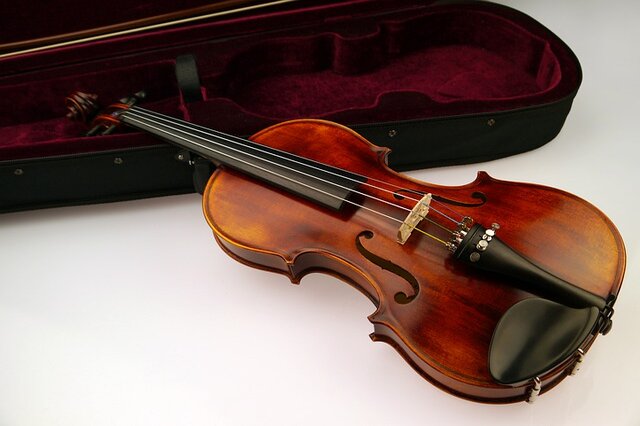
Fiddle is used when an individual intends to play in an informal scenario without a full symphony. The fiddle is a four-stringed, bowed musical instrument always mixed up with the violin by those who lack the knowledge of the difference between the violin and the fiddle. Both of them are different from one another with few particular characteristic distinctions.
The name ‘Fiddle’ originated from the Latin root but came through Germanic languages. Fiddling is the act of playing the fiddle and those who maintain the act of fiddling with the stringed instrument fiddle are called ‘Fiddlers’. The instrument fiddle conventionally produces tones and rhythms that focus on dance in the association of quick notes construction. Fiddle can be played in any genre as it is always open to improvisation and garnishing, varying on the one that plays the fiddle.
What is a Violin?
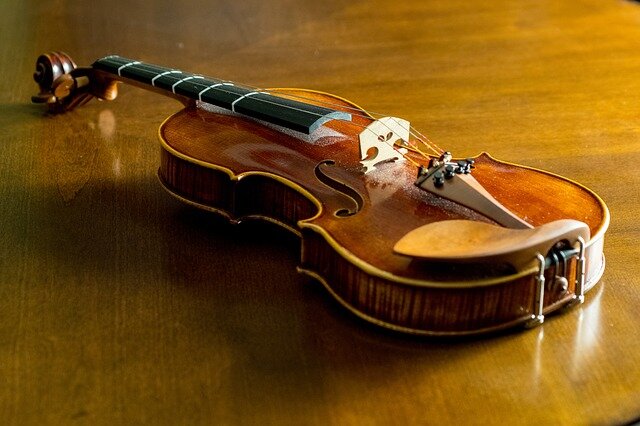
Violin is also considered as one type of fiddle in the stringed instrument family which is made of wood, but now in the modern violin era after the 18th century referred to as the core instrument of the violin family with the other major three (viola, cello, and double bass). The word violin has the same root as a fiddle, the Latin root but came through the hands of the romance language, unlike the fiddle.
The most prominent use of violins is in the Western classical music tradition, both as a solo instrument and also as a chamber music or orchestra. The stringed instrument has also played a vital role in all other music genres such as jazz, folk, classical, country and bluegrass, including the rock and pop music genre.
Fiddle vs Violin: Difference and Comparison

Origin
The idea of stringed instruments evolved from the Greek two-stringed instrument ‘Iyre’ which is mostly plucked. The idea of having the string made by horsehair came from central Asia and nomadic culture. The Arabian Raba and the rebec were mostly used and made an impact in the European nations namilgly Spain and France in the fifteenth century. Near at the end of the middle edges, a bowed instrument appeared in Europe evolving from the stringed instrument family in that area of Spain and France appeared with the basic notes in four strings which we now call a fiddle.
But the medieval fiddle was derived from the Byzantine lira which is the ancestor of most of the string family instruments in Europe and Western America. Geographer Ibn Khurradadhbin in the writings of his lexicographical discussion of instruments mentioned the bowed instrument lira(Latin form of fiddle) emerged in the 9th century which was equivalent to the raba of the Islamic empires. Lira became widespread among the Europes in the 11th and the 12th century which was then termed as ‘Fiddle’. Afterward, it was just a matter of time to recognize the fiddle among all the other stringed instruments as the ancestor as it gave an evolution to many more modern days stringed instruments.
Later in the 16th century after the uprising of stringed instruments, Andrea Amati of the Cremona region in Western Italy got interested in making another form of a stringed instrument. Sooner, just at the edge of the 16th century, Andrea Amati was able to develop another legacy in the stringed instrument family which was the ‘Violin’. Within a short period of time, the violin got the grasp of the whole Western Europe which was submerged with the magic of the deep and mellow sound of the violin.
The idea is clear that the fiddle is the ancestor of the violin which has come to evolution in the modern violin era and succeeded its predecessor as one of the best and recognizable stringed instruments. Both of the instruments have their own signature on their own virtue and continue to play a vital role in the musical world.
The way of playing
Even though both the stringed family instrument has the same notes of G, D, A, and E, their playing style varies distinctly. To speak honestly, there’s merely no difference between a violin and a fiddle except for the way they are played and the music. Classical violinists prefer playing violin without any sort of deviation from the composed music by the composer. Preciseness is more of an objective in playing the violin than obtaining freedom to play. The way of playing the violin is more of a technical virtue to continue. While on the other hand fiddlers are freer in the way of playing and establishing the music. The music is being interpreted by the fiddlers in an innovative way of each creating their own playing style by the touch of the fiddle. The stringed family instrument fiddle lets the play have more freedom instead of restricting composing guidance.
Conventional violin players who play the professional violin will always abide by the regulation of the composition and the play without any deviation. The less the deviation the less the play comes to the ear with a symphonic somberness. A fiddle also creates a somber and mellow sound but in its own way of playing as a fiddler always looks for an alternative method or technique to obtain a perfect tone of the music. A fiddle has extended multiple stops bowing passages and several string bending which lets the fiddler make various ways of playing emerging a new technique of the same composition.
Physical Distinction
It’s really hard to say there are any instrumental parts or physical differences between a fiddle and a violin as they are from the same family of stringed instruments, just one is the paving way of originating to another. Body, neck, pegbox, and scroll are the main parts of a fiddle which are also the main components of a violin. Except those who have a really good idea on both the fiddle and the violin, they know there’s a slight deviation in the physique of a fiddle and a violin.
The only instrumental or physical difference between them is the setup of the instruments. The bridge of a fiddle is extended while a violin prefers a less extension. Also diverts in the case of string choice and tuners. In the case of a string, fiddlers refer to strings of steel while the violinists prefer traditional string materials. A fiddle is preferred to be featured with an inclination of fine-tuners on all four strings.
See How Violin Compares With : Guitar | Viola | Piano
Style of music
Fiddle is much more preferred in the form of folk music genres such as the bluegrass, country, conventional Celtic music, and cajun type of music.
While on the other hand, traditional violinists focus to emerge with their violin in Western Classical music and jazz music genre. Which includes many other types of music genres.
Bowing Practice
This is a mere perspective type of difference depending on the playing style, not an exact distinction. A fiddler always prefers the idea of playing fast without leaving the first position. But a traditional violinist always approaches with the utilization of the wide range of sound by the violin.
In all these differences between a fiddle and a violin, none can be termed a better aspect than the other. It’s simply just the way of performing with a violin and on the other hand with a fiddle. Both of the string family instruments have flourished in their own way to date and continue to put some major impact on the musical industry.
